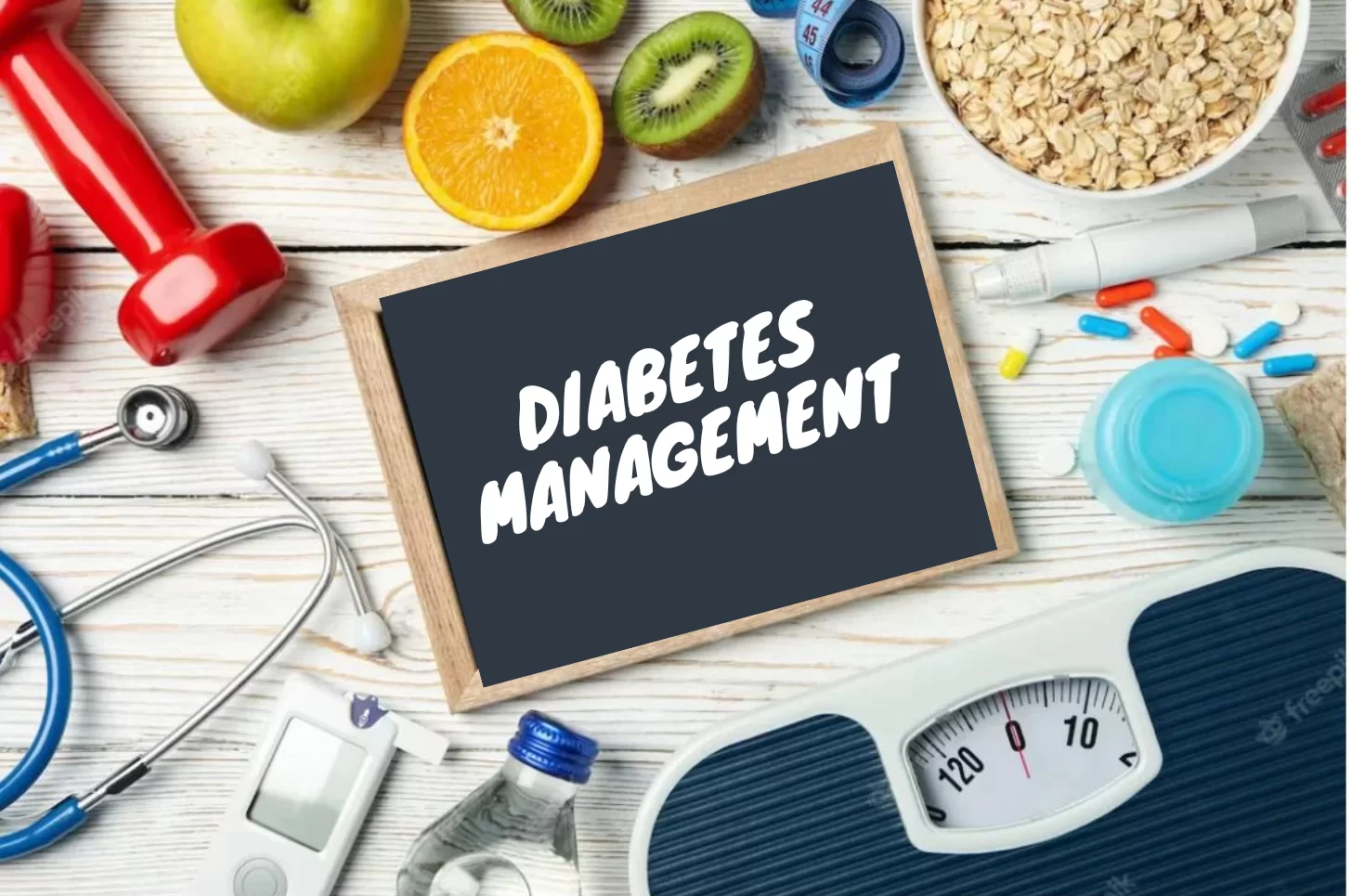
Diabetes Management
A balanced diet is essential for treating diabetes. Protein, fats, carbohydrates and water are the macronutrients which require in more quantity whereas fibre is need as roughage and minerals, vitamins are comes under micronutrients. All these nutrients are very important for a well balance diet to keep yourself healthy and disease free. The intake of proper quantity of these nutrients is mandatory to maintain the healthy lifestyle. If the person is taking excessive number of macronutrients for longer duration, he will develop some disease and if lacking in anyone of the micronutrients for a long duration he/she will develop deficiency diseases.
If a person suffers from diabetes, they need to closely monitor the food they are eating, too much carbohydrate will increase the blood sugar level in the body and leads to the severe conditions. One can manage diabetes by improving overall health by changing in his or her lifestyle.
Prioritize whole grains (brown rice, quinoa, and whole wheat), legumes, millets, vegetables, and fruits that contain complex carbs and have a low glycaemic index (GI) which helps in regulating blood glucose levels.
Reduce the intake of or completely avoid high-GI items such as sugary cereals, white bread, sugary snacks, and sugary drinks. Include different types of food in breakfast.
To control blood sugar levels and maintain weight, pay attention to small and frequent meal habit and always check portion sizes. To guarantee precise portioning, use of measuring cups or a kitchen scale is a very smart choice.
Include a lot of fibre-rich items in your diet, such as fruits, green leafy vegetables (Spinach, drumsticks, amaranth, mint leaves), whole grains. Fiber supports digestive health and aids in blood sugar stabilization.
A source of protein that is low in saturated fat is termed as lean protein sources. It is also low in calories hence also known as lean.
Pulses, legumes, chickpeas, mung dal, red lentils and kidney beans are good sources of protein for vegetarians. Also includes non vegetarian protein sources in your diet- egg whites, fish, lean meat, tofu, and low-fat dairy.
Choose heart-healthy fats from sources like avocados, almonds, seeds, olive oil, and fatty fish (salmon, mackerel) instead of trans fats.
Reduce the amount of saturated fats in fatty meats, full-fat dairy, and fried foods.
Steer clear of the trans fats, which are frequently present in processed meals, baked products, and some margarines.
Select foods without added sugars or, in moderation, substitute stevia or monk fruit for natural sweeteners. Do not use artificial sugars.
Consume fewer sugary foods and additional sugars.
To assist in controlling blood sugar levels, try to stick to regular meal times. Split your meal – Half of the plate should be non-starchy veggies, one-fourth should be lean protein, and one-fourth should be whole grains.
Select healthy snacks like fruits, Greek yogurt, a small serving of nuts (Walnuts, almonds, pistachios) hummus-topped vegetables, roasted makhana, mixed seeds (Flax seeds, pumpkin seeds, chia seeds, sunflower seeds)
To stay hydrated, sip on water frequently throughout the day. Detox water is also helpful.
Limit processed foods with plenty of added sugars, harmful fats, and sodium.
Always check the ingredients details on packaged food.
Regular exercise routine helps in lowering and regulating the blood sugar levels and improves insulin sensitivity .
Shredding 0f extra weight and maintaining the optimum weight has a positive effect on blood sugar levels.
A regular monitoring of blood sugar levels is very important for the diabetic persons to keep check on the levels. This will help the person to understand that how our body respond to different kinds of food and person can know which food have to take.
Consult a licensed dietitian who specializes in managing diabetes to customize your meal plan. They may assist you in developing a tailored strategy based on your unique requirements and preferences.
Management of stress is also very important factor to control the sugar levels.
Refine floors, instant cereals, white rice, noodles, pizza, pasta, sweets and biscuits
Excessive use of refined sugar or jaggery.
Starchy vegetables like potato, yum, carrot, beetroot
Do not consume fruits which have high glycaemic index like mangoes, bananas, dates and grapes
Avoid packaged food and instant foods which contains high sodium like soups, sauces, mayonnaise, baked products and chips
Meats containing more saturated fat can raise the blood sugar immediately
It's important to keep in mind that controlling diabetes involves leading a balanced lifestyle that includes regular physical activity, stress reduction, and regular blood sugar monitoring as directed by your healthcare practitioner. Before making significant dietary or activity changes, always seek the advice of your healthcare provider.
Elevate Your Fitness: The Crucial Role of Exercise Physical fitness is a state of health… Read More
Stress - Causes, Symptoms, Risk Factors And Techniques to Manage stress Stress is a normal… Read More
How to use technology in health and wellness, Demand of technology in wellness and it's… Read More
Sarcopenia meaning, muscle loss with age and it's treatment What is Sarcopenia? Sarcopenia is… Read More
Blood Pressure: Blood pressure is the force of your blood pushing against the walls of… Read More
Migraine and it's Types, symptoms, causes and treatment Migraine is a chronic neurological condition… Read More